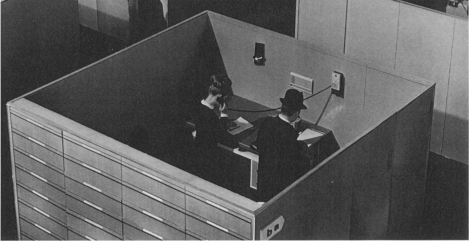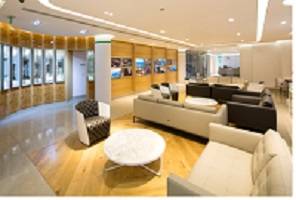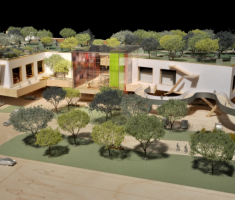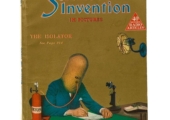April 9, 2013
Office design goes to the movies. Part 7 – The Apartment
[embedplusvideo height=”151″ width=”220″ standard=”https://www.youtube.com/v/x356ll3hTxg?fs=1″ vars=”ytid=x356ll3hTxg&width=220&height=151&start=&stop=&rs=w&hd=0&autoplay=0&react=1&chapters=¬es=” id=”ep9389″ /]
In which Jack Lemmon exchanges the crushing uniformity of the open plan for a corner office as a reward for allowing senior managers to use his apartment as a venue for their infidelity. This is from 1960, the pre-cubicle, pre-VDU world of large ranks of serried workers in an open plan office with only the privileged few allowed any degree of privacy or the wherewithal to display status. many ways, the layout has much in common with the way many offices are designed now. Office design may have moved on in the past half century but some things are always with us.




























April 10, 2013
What the CIFF 2013 show taught us about workplaces in China
by Mark Eltringham • Comment, Flooring, Furniture, Workplace design